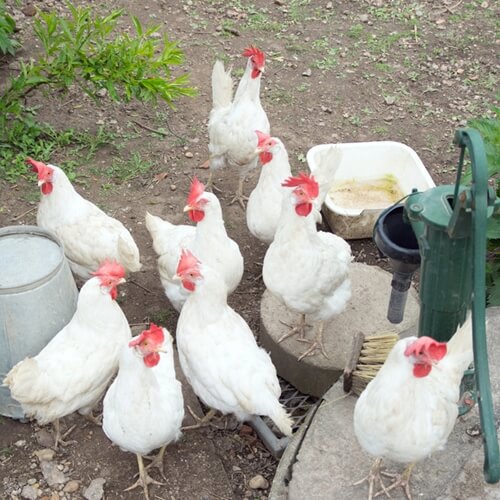Going cage-free
On March 12, 2015, Aramark, the largest food service company that is based in the U.S., announced that it will be using entirely cage-free liquid eggs by the year 2020, joining many other major food companies that are taking animal welfare into consideration. As a person involved in the baking and pastry arts, you have likely seen or taken part in the debate over whether or not cage-free hens produce better eggs.
The cage-free movement
Aramark is joining with the Humane Society of the United States in this initiative to promote better animal welfare and provide healthier products. The second largest U.S.-based food service company, Sodexo, has also partnered with the HSUS to work towards eliminating caged chickens from their farms.
What’s the difference?
The next time you are at the grocery store, take a few moments to peruse the egg aisle. There are quite a few terms that may or may not mean anything to you. Labels that read “cage-free” mean the eggs were laid by hens who lived in a barn, according to the Humane Society of the United States. While they were not kept in a cage, they did not necessarily have access to the outside. Eggs that are “certified organic” were laid by chickens who are uncaged and eat an entirely organic, vegetarian diet. That means they did not eat pesticides or antibiotics. This particular label is regulated by the U.S. Department of Agriculture National Organic Program. “Free-range” and “free-roaming” labels refer to chickens that are able to go outside occasionally. They live in a barn and are not caged. The USDA does not regulate the use of these two terms as of March 2015. Other labels, like “pasteurized,” “farm fresh,” “natural,” “fertile” and “omega-3 enriched” have not been certified and do not have any relation to the animals’ welfare. Eggs that are labeled “fertile” are usually laid by cage-free hens because they must have access to the roosters, but there is no regulation on that claim.
According to an experiment by Serious Eats, the commonly identified difference between cage-free versus caged eggs was the coloring. Hens that have access to the outside world have tighter, brighter whites and darker, more orange yolks. This is because their diets differ. As for tastes, most people wouldn’t tell the difference between organic, cage-free eggs and the kind that are raised on a typical mass-producing chicken farm. When you go to pick ingredients for your next pastry, consider choosing the egg type based on what color you want your dish to be.


